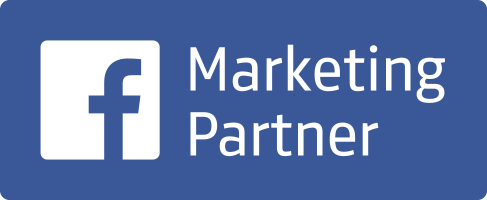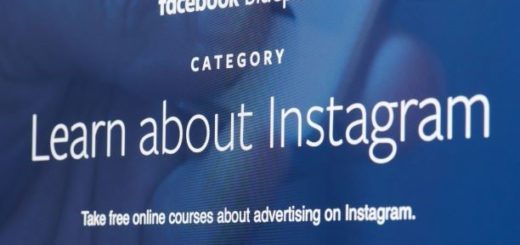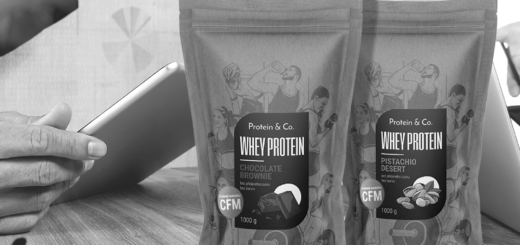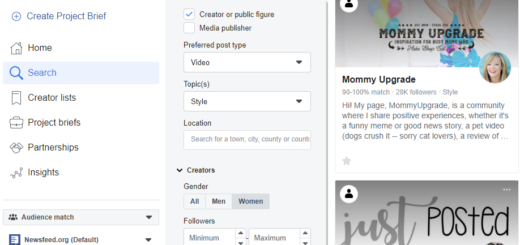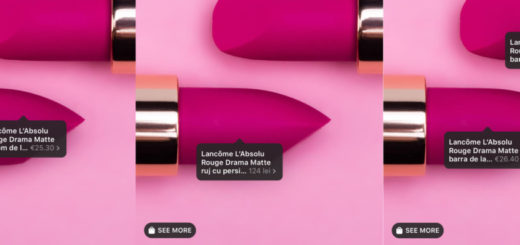
Choosing a bid cost strategy is one of the most important factors that directly affects Facebook ads performance. The lowest cost with or without a bid cap, or the target cost? Which of these options is the best one? We tested these strategies and will share the results with you in the following article.
What are the types of bid strategies?
On Facebook, you can choose from two main bid strategies. The first one is the lowest cost bid strategy and the other one is the target cost strategy.
When using the lowest cost bid strategy (formerly known as automatic bidding), Facebook bids with the goal of getting the lowest possible cost per optimization event. The budget you set (either on a campaign level or ad set level) will be spent at the end of the day or throughout your entire schedule.
If you use the lowest bid cost strategy, you also have an option to set “a bid cap”. This is bascially the maximum amount that Facebook can offer for a particular optimization event in an auction. It is important to bear in mind that if you set a bid cap, Facebook might not spend the entire budget you set (campaign or ad set level) as in the previous case.
If you decide to choose the target cost bid strategy (formerly known as manual bidding), you set a target cost you would like Facebook to come close as possible. Facebook will then bid to reach price around for the optimization event around the target cost on average. The target cost bid strategy is only available for the following marketing purposes:
- app installs,
- conversion,
- lead generation,
- product catalogue sales.
Facebook ad bid strategy test #1:
Lowest cost vs lowest cost with a bid cap
We tested the lowest cost bid strategy against the same strategy with the exception of setting a bid cap.
We run this test for 7 days using the “traffic” marketing objective for a remarketing campaign. The settings of the campaigns,
Hypotheses:
- The lowest cost bid strategy with no bid cap will deliver more results (landing page views) than the lowest cost bid strategy with a bid cap.
- The lowest cost bid strategy with no bid cap will deliver a higher price for a result than the other campaign.

As you can see from the results, both above-stated hypotheses were confirmed. The campaign with the lowest cost bid strategy achieved 546 results (landing page views) in total, while the other campaign (with a bid cap) only 199. In other words, the lowest cost bid strategy without a bid cap reached 174% more results in comparison with setting a bid cap.
The cost per result differed as well. When setting up a bid cap, the CPA (landing page view) was 1.15 CZK, without a bid cap, the CPA was much higher – 1.91 CZK. Basically, without setting any bid cap, the price was 66% higher.
While the campaign with the lowest bid cost strategy spent its daily budget each day of the experiment, the other campaign with a bid cap did not. The campaign with a bid cap spent 4.5x more.
What conclusions can you draw from the results?
If you want to have the cost per result under control, we recommend choosing the lowest cost bid strategy with a bid cap. However, it is important to realize that in this case, your campaign will probably achieve fewer results and will not spend the entire budget. Otherwise, choose the lowest cost bid strategy without a bid cap.
Facebook ad bid strategy test #2: Lowest cost vs target cost
The second test was aimed at testing the lowest cost bid strategy againts the target cost bid strategy.
We run the test for 7 days and used the “conversion” marketing objective. The settings of the campaigns, ad sets and ads remained the same. We derived the target price from previous campaigns as well as our KPI.
Hypotheses:
- A campaign with the lowest cost bid strategy will achieve better results (conversions) than a campaign with the target cost strategy.
- A campaign with the lowest cost bid strategy will achieve an average cost per action (conversion) +/- 10% round the target cost.

The first hypothesis was confirmed. The campaign with the lowest cost bid strategy achieved 145 results in total, while the other campaign (with the target cost bid strategy) achieved only 21 conversions!
The difference between CPA was not that big as in the first test, the average CPA was less than 1 EUR in both cases. However, the second hypothesis was not therefore confirmed. The target cost for the second campaign was set at 1,5 EUR, but the final average cost was 0,76 EUR, which is more than
The most interesting was the spend. When using the lowest bid cost strategy, daily budget was spent every day. However, the campaign with the target cost spent only 15 EUR in total! This accounts only for 14% of the total budget set at the ad set level.
What conclusions can you draw from the results?
The target cost bid strategy did not prove to be useful. We run similar tests for a couple of times with different campaigns and with different target prices to make sure that the test was set correctly. Unfortunately, the results were always very similar.
So, which Facebook Ad bid strategy is the best?
There’s no one ad bid strategy that fits all! Test different strategies as much as you can! When testing, you can find out the best strategy for specific marketing purposes, campaigns and KPIs.
Do you have any experience with testing bid strategies? Feel free to share them with us.



